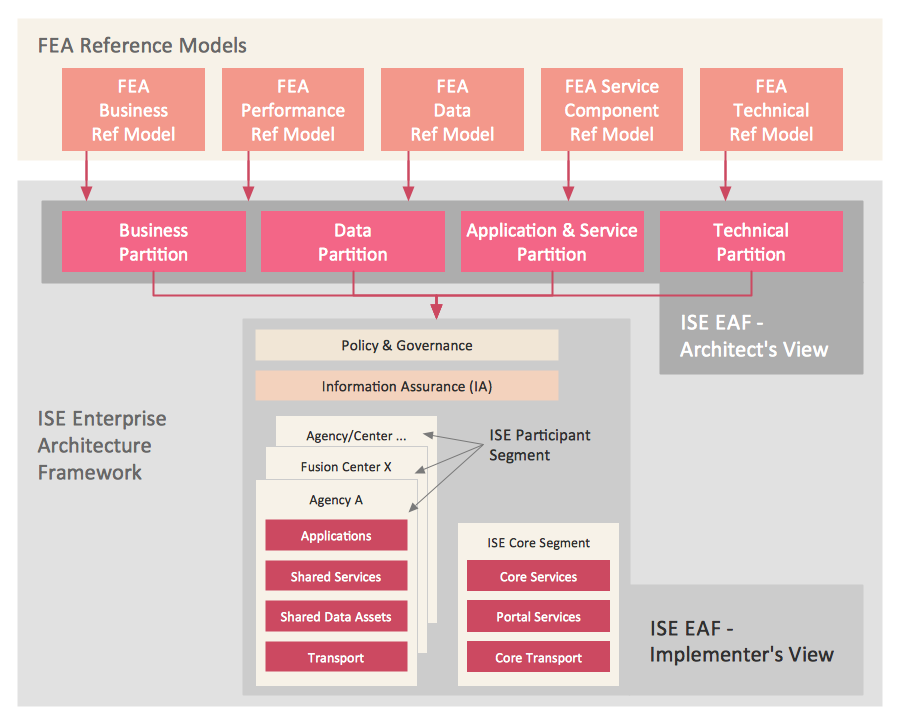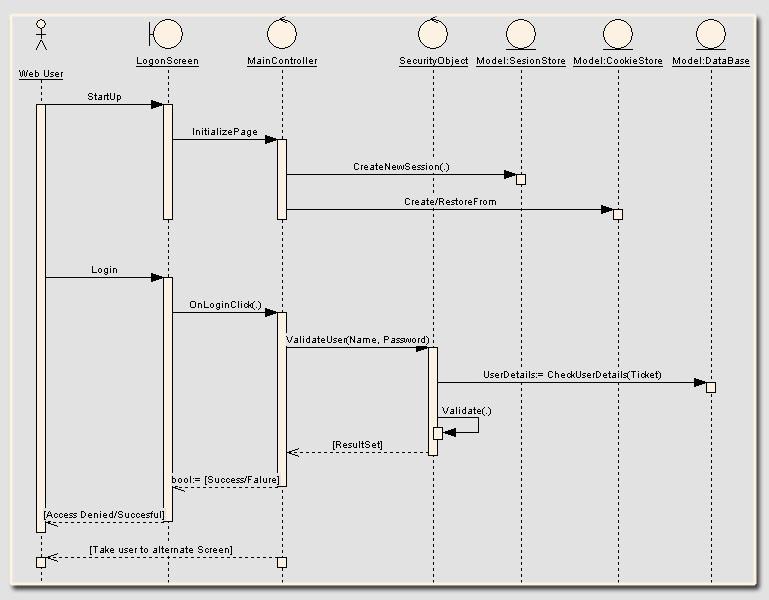
Loop: the fragment may execute multiple times, and the guard indicates the basis of iteration.Ĭritical region: the fragment can have only one thread executing it at once. Parallel: each fragment is run in parallel. Equivalent to an alt only with one trace. Optional: the fragment executes only if the supplied condition is true. Sequence Diagram Notation Summary OperatorĪlternative multiple fragments: only the one whose condition is true will execute. Fragment types include ref, assert, loop, break, alt, opt and neg, ref, sd. The fragment operator (in the top left cornet) indicates the type of fragment. A combined fragment consists of one or more interaction operands, and each of these encloses one or more messages, interaction uses, or combined fragments.Ī sequence fragment is represented as a box called a combined fragment, which encloses a portion of the interactions within a sequence diagram. In a UML sequence diagram, combined fragments let you show loops, branches, and other alternatives. Step 6, 7, 8 : If the product is available, it is added to the order.Step 4, 5: Each item is checked for availability in inventory.Step 3: Customer add items to the order.Step 1 and 2: Customer creates an order.Without even knowing the notation formally, you can probably get a pretty good idea of what is going on. The example shows a Sequence diagram with three participating objects: Customer, Order, and the Stock. You can show the basis of the iteration within brackets, such as *. Iteration notation represents a message is sent many times to multiple receiver objects, as would happen when you are iterating over a collection. The top and the bottom of the of the rectangle are aligned with the initiation and the completion time respectively Iteration notation To indicate that it takes a certain while before the receiver actually receives a message, a slanted arrow is used.įocus of Control represents the period during which an element is performing an operation. The messages are drawn as a horizontal arrow. Messages are often considered to be instantaneous, thus, the time it takes to arrive at the receiver is negligible.

Only when a target’s destruction is set to ‘after destructor’ do you have to use a destructor. There are other ways to indicate that a target is destroyed during an interaction. Targets that are created during the interaction by a constructor call are automatically placed further down the diagram.ĭestructor message destroys its receiver. The sender that already exist at the start of the interaction are placed at the top of the diagram. Participants can be created and destroyed according to the messages that are being passed.Ī constructor message creates its receiver. Participants do not necessarily live for the entire duration of a sequence diagram’s interaction. A signal is an asynchronous message that has no reply. An asynchronous message has a solid line with an open arrowhead.A return message uses a dashed line with an open arrowhead.It is a regular message call used for normal communication between sender and receiver. A synchronous message (typically an operation call) is shown as a solid line with a filled arrowhead.The line type and arrowhead type indicates the type of message being used: As a result, sequence numbers is optional. Ordering is indicated by vertical position, with the first message shown at the top of the diagram, and the last message shown at the bottom. They are drawn from the sender to the receiver. Messages depict the invocation of operations are shown horizontally. Objects work together by communicating or interacting with one another. Objects take on the responsibility for things like managing data, moving data around in the system, responding to inquiries, and protecting the system. Messages between objects are represented by arrows that point from sender object to the receiver object.Įverything in an object-oriented system is accomplished by objects. Each object also has its timeline represented by a dashed line below the object. Often, an anonymous object (:Account) may be used to represent any object in the class.

Object names can be specific (e.g., myAccount) or they can be general (e.g., myAccount :Account). These indicate the existence of the object. A lifeline is represented by dashed vertical line drawn below each object.

LifelineĮntities of participants in a collaboration (scenario) are written horizontally across the top of the diagram. The three ways of naming an object are shown in Figure below. An object can be named in one of three ways: the object name, the object name and its class, or just the class name (anonymous object). In the UML, an object in a sequence diagram is drawn as a rectangle containing the name of the object, underlined. The Components of Sequence Diagram Object


 0 kommentar(er)
0 kommentar(er)
